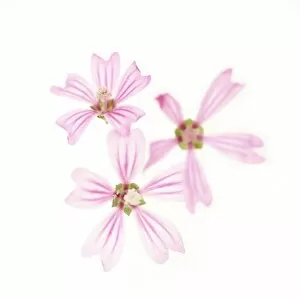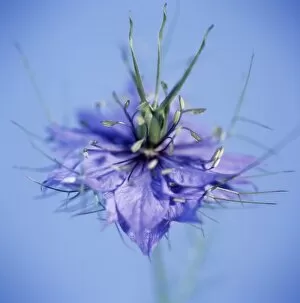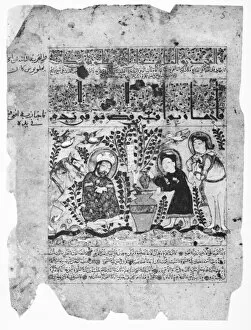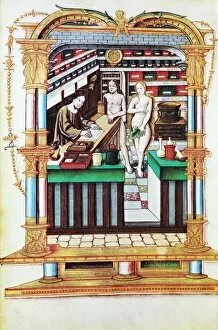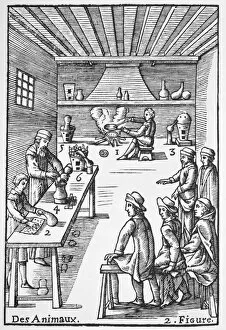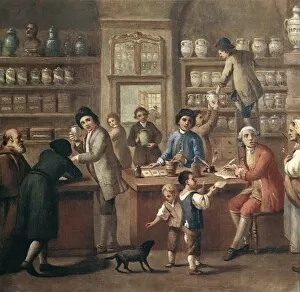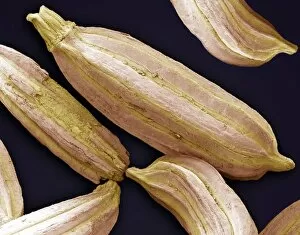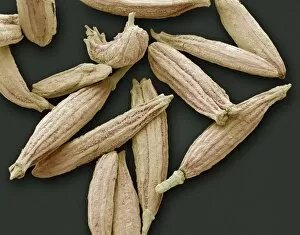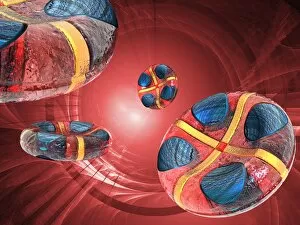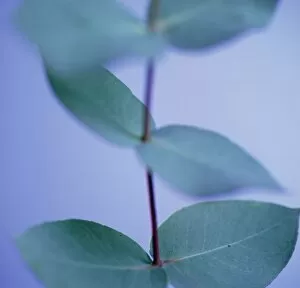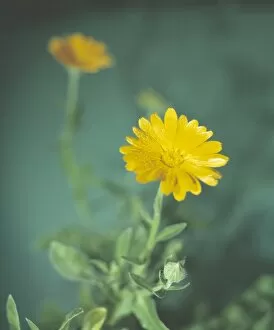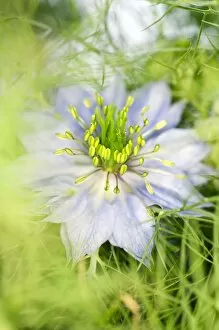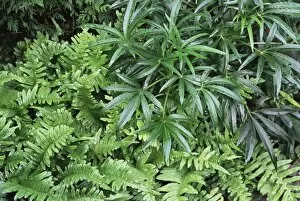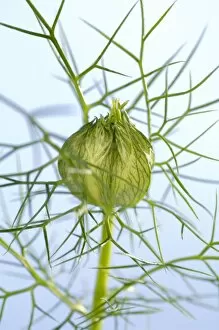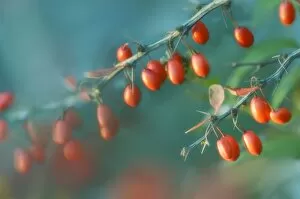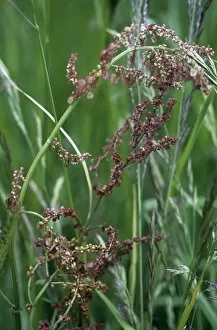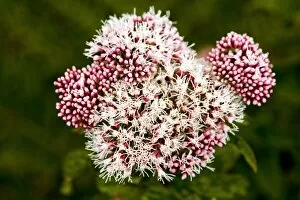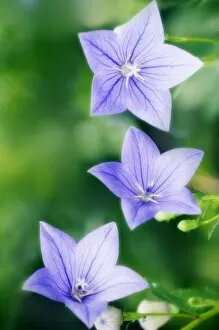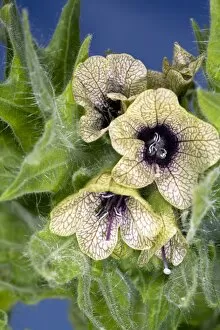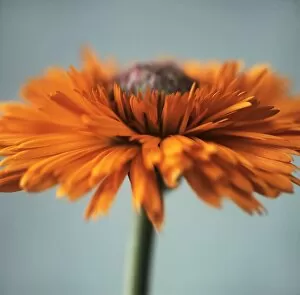Remedy Collection (#43)
"Discovering the Remedy: A Journey through Time and Nature" Step into the quaint town of Whitstable, known for its picturesque Oyster Catch and charming streets
For sale as Licensed Images
Choose your image, Select your licence and Download the media
"Discovering the Remedy: A Journey through Time and Nature" Step into the quaint town of Whitstable, known for its picturesque Oyster Catch and charming streets. As you wander through its historic alleys, take a moment to appreciate an intriguing piece of art – "The Pharmacy, " a captivating 1912 artwork that encapsulates the essence of healing. Nature's wonders unfold as you stumble upon Maidenhair tree leaves, also known as Ginkgo biloba. These delicate leaves have been treasured for centuries due to their medicinal properties, offering a natural remedy for various ailments. Intriguingly, Ellimans embrocation catches your eye – a vintage product renowned for its soothing effects on muscles and joints. Its presence reminds us of traditional remedies passed down through generations. Delve deeper into ancient practices with a Chinese acupuncture model displayed nearby. The intricate network of meridians highlights how this age-old technique has provided relief to countless individuals seeking balance and harmony within their bodies. Cupping, another therapeutic method originating from ancient times, captures your attention next. This unique treatment involves creating suction on specific points of the body to promote blood flow and alleviate pain or discomfort. Travel back in time further as you encounter an enema treatment from the 18th century. Reflect on how medical practices have evolved throughout history while appreciating modern advancements that ensure more comfortable experiences today. A vibrant poster by John Hassall advertising Andrews Liver Salt adds color to your journey. It serves as a reminder that even in earlier times, people sought quick relief from digestive issues using trusted remedies like these salts. An engraving showcasing an advertisement for the Carbolic Smoke Ball Company transports you to 1892 when innovative solutions were sought after relentlessly. Witness how society's pursuit of remedies has always been driven by our desire for well-being and comfort. Enos Fruit Salts make their appearance next – effervescent powders cherished for their ability to ease indigestion and restore vitality.


